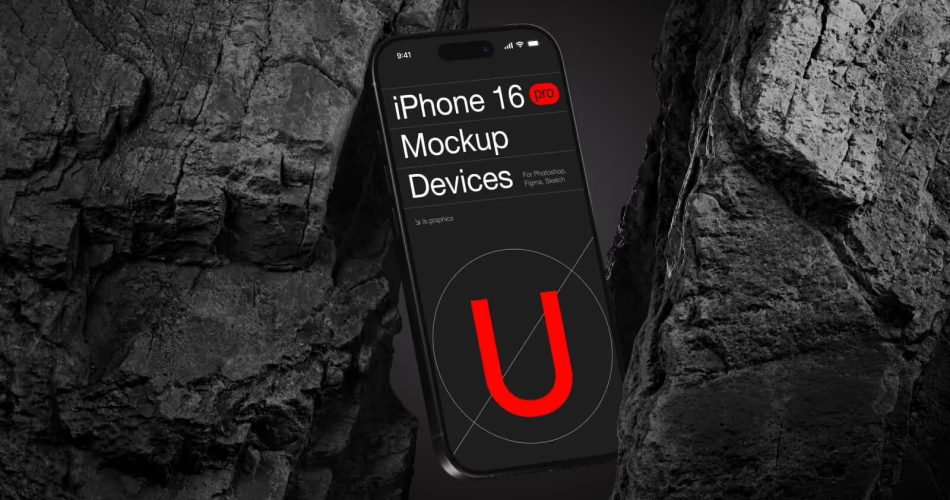You’ve poured hours into perfecting your mobile UI design. The layout flows, the colors pop, the buttons feel just right. You hit “send,” expecting a chorus of praise—and instead, you get an email that says: “Umm… What am I looking at exactly?” Ouch. It’s not your fault. The design is solid. But here’s the hard truth: most clients aren’t wired to see a flat screen and instantly picture how it will work in someone’s hand. They need a little help connecting the dots—and that’s where the magic of the iPhone mockup comes in.
Flat Files Kill Good Ideas
Ever tried to explain a joke to someone who just didn’t get it? That’s what it feels like presenting your interface without visual context.
You can send over clean screenshots all day, but unless your client has a designer’s eye, they might still stare blankly. To them, it’s a puzzle piece with no puzzle. What’s missing? Real-world placement. Human touch. The sense of how this design lives in the wild.
That’s exactly what a good iPhone mockup gives you—a way to turn your pixel-perfect design into something relatable, tangible, even a little emotional.
Why People Respond to Realism
We’re wired to understand stories and scenes. A plain image of an interface doesn’t say much on its own—but wrap it inside an iPhone that’s nestled on a desk, in someone’s hand, or lying next to a cup of coffee? Now it’s telling a story.
And stories are memorable.
Clients won’t just see an app—they’ll see how it fits into their users’ lives. That emotional leap can mean the difference between a “hmm” and a “wow.”
Where to Find Mockups That Actually Help
Not all mockups are created equal. Some feel like stock photos from another decade. Others take so long to customize, you start questioning your career choices.
That’s why designers love ls.graphics. Their iPhone mockup collection is a dream: stylish, modern, and so easy to use you’ll feel like you’re cheating.
You get smart object layers, high-resolution renders, and a wide range of scenes—from minimal studio-style shots to real-world lifestyle setups. Just drop in your design, tweak a few details, and boom—you’ve got a presentation that looks like it belongs in an Apple keynote.
No fuss. Just clean, high-end visuals that make your design the star of the show.
Present the Experience, Not Just the Interface
A great presentation is more than just pretty images—it’s about guiding the client through the experience.
Start with a simple front-facing iPhone mockup to introduce the interface. Then zoom out: show it in someone’s hand, at a café, on a nightstand. Let them imagine the touch, the swipe, the flow. Help them feel what it’s like to use it, not just look at it.
Think of each mockup as a mini-scene. Together, they build a narrative your client can follow—and believe in.
What You’re Really Selling
At the end of the day, clients don’t just buy design. They buy clarity, confidence, and the feeling that their idea is real.
A well-chosen iPhone mockup doesn’t just frame your work—it amplifies it. It makes the whole thing click. Suddenly, your design isn’t just on a screen—it’s in their hands, in their lives, in their brand.
And when that moment of recognition hits? That’s when approvals get easier, feedback gets sharper, and your value as a designer becomes undeniable.
One Last Thing…
You’re not just showing pixels. You’re presenting possibility.
So next time you’re prepping your pitch, don’t just send off a static image. Drop your design into an iPhone mockup that brings it to life. And if you want mockups that are beautiful, versatile, and ridiculously easy to use—ls.graphics is the place to go.
Because when clients actually get your vision? That’s when the real design work begins.
